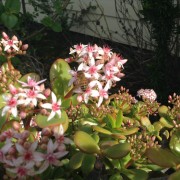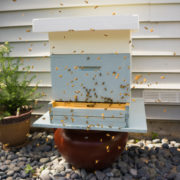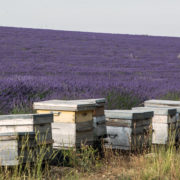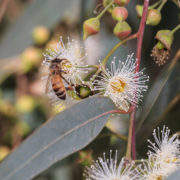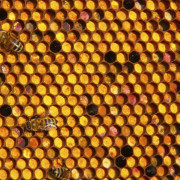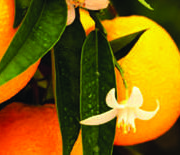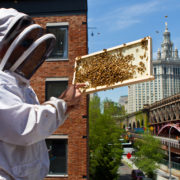Acacia Tree Blossoms: The Start Of Queen Honeybee Rearing
When it comes to raising queen honeybees there is no more welcome sight than the first blossoms of the year. After a long dearth of pollen and nectar, a fresh and abundant new pollen source dramatically raises the activity of the bees. The queen bees begin to lay eggs in earnest and bee populations begin their spring explosion. In Southern California, early signs of spring often appear near the end of January, punctuated by the spectacular yellow blossoms of acacia.
The honeybees in the queen-rearing yard come to life with the big fluffy yellow blossoms that are loaded with nutritious pollen. Once the acacia pollen starts coming in, the breeder queen bees accelerate their brood rearing. Shortly after the appearance of the first blossoms, the queen bees will begin to rear the first drones of the season.
There are over 800 species of acacia in the world, making it one of the world’s largest tree species. Acacias are found in Australia, Africa, Hawaii, and Central America. They are also well established in the United States, specifically in California, Arizona, and South Carolina. The acacia tree blossoms are pea shaped and, at least in California, are a very bright and bold yellow. California acacias are not a particularly strong honey producer, but the bees thoroughly enjoy the flowers for pollen!
Although acacia honey is renowned and highly prized, believe it or not, most “acacia” honey actually does not originate from acacia trees – but rather from black locust trees! Black locust is also called “false acacia.” The black locust tree is found in Southern Europe as well as in the United States. This “acacia” honey is some of the most delicious tasting honey in the world; pale and clear with exquisite flavor, and well worth a try if you can find it.


